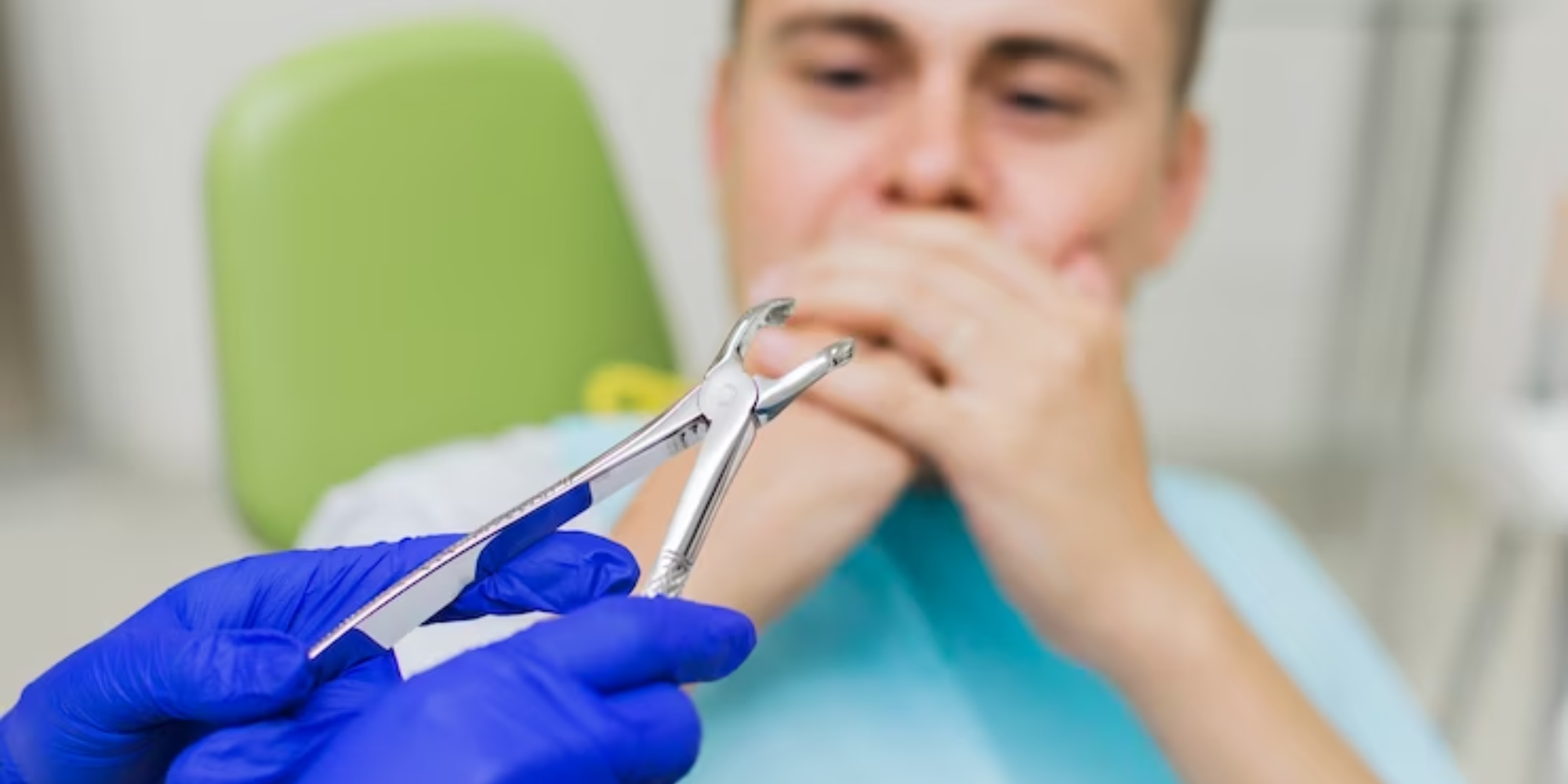Wisdom teeth, those mysterious and often troublesome third molars, can erupt at any point between your late teens and early twenties. Sometimes, they come in straight lines and cause no problems. But more often than not, wisdom teeth erupt impacted (stuck under the gum line) or misaligned, leading to pain, infection, and crowding of other teeth. In these cases, wisdom teeth removal becomes necessary. While the surgery itself is a fairly common procedure, the recovery period can be uncomfortable. But fear not, brave wisdom teeth warrior! This guide will equip you with all the knowledge you need for a smooth and speedy recovery.
The First 24 Hours: Taking it Easy
The first 24 hours after wisdom teeth removal are crucial for setting the stage for a comfortable recovery. Here’s what to expect:
- Pain and Discomfort: You’ll likely experience some pain and discomfort at the extraction site(s). Your dentist or oral surgeon will prescribe medication to manage this. Remember to take your medication exactly as prescribed.
- Swelling: Your face and cheeks might become swollen, especially on the side(s) where the teeth were removed. This is normal and will gradually subside over the next few days. To minimize swelling, apply an ice pack wrapped in a thin towel to your cheek for 20-minute intervals.
- Bleeding: Minor bleeding is also normal. To control it, gently bite down on a gauze pad placed over the extraction site(s) for 30 minutes. Avoid strenuous activity, spitting, and using straws, as these can dislodge the blood clot forming in the socket, which is essential for healing.
Diet Do’s and Don’ts: Fueling Your Recovery
Soft Foods are Your Friend:
- Stick to a soft food diet for the first few days after surgery.
- Think mashed potatoes, applesauce, yogurt, smoothies, and soups.
- Opt for lukewarm or cool foods, as hot foods can irritate the extraction site.
Hydration is Key: Drink plenty of fluids to stay hydrated and promote healing. Opt for water, clear broths, and electrolyte-rich drinks.
Spicy and Acidic Foods is a No-No: Avoid spicy, acidic, and crunchy foods that can irritate the extraction site and slow down healing. These include hot sauce, citrus fruits, chips, and crackers.
Gradual Reintroduction: As the swelling subsides and discomfort lessens, you can gradually reintroduce solid foods back into your diet. Start with softer options and progress to harder textures as tolerated.
Oral Hygiene: Keeping Things Clean
Maintaining good oral hygiene is crucial during recovery to prevent infection. Here’s how:
Brushing Gently: Starting 24 hours after surgery, begin gently brushing your teeth twice a day with a soft-bristled toothbrush. Avoid brushing directly on the extraction site(s).
Saltwater Rinses: Use a warm saltwater rinse (half a teaspoon of salt dissolved in a glass of warm water) to cleanse your mouth and dislodge any food particles gently. Start using this rinse 24 hours after surgery and continue for up to a week.
Rest and Relaxation: Essential for Healing
Take it Easy: Get plenty of rest during the first few days after surgery. Your body needs time and energy to heal. Avoid strenuous activity and exercise that could dislodge the blood clot or increase swelling.
Elevate Your Head: While sleeping, elevate your head with extra pillows to reduce swelling.
Potential Complications: When to Call Your Dentist
While most wisdom teeth removals go smoothly, there’s always a chance of complications. Here are some signs to watch for and when to call your dentist:
- Excessive Bleeding: If the bleeding persists for more than 24 hours after surgery, contact your dentist.
- Severe Pain: If the pain is unbearable, even with medication, call your dentist.
- Fever or Chills: A fever or chills could indicate infection. Seek immediate medical attention if you experience these symptoms.
- Difficulty Swallowing: If you have significant trouble swallowing, contact your dentist.
- The Road to Recovery: Days 3-7
- Gradual Improvement: By day 3, you should start to notice a positive shift in your condition. The discomfort you’ve been experiencing should begin to lessen, offering a welcome sense of relief.
- Reduced Swelling: You may see a noticeable reduction in swelling, making movement and daily activities feel easier.
- Dietary Progress: It’s time to reintroduce some solid foods back into your diet cautiously. This is a significant step on the path to recovery, providing your body with the essential nutrients it needs to heal.
Continue With Soft Foods But With Options!
Stay away from a mushy rut! While sticking to soft foods is still important, there’s a variety you can explore to keep things interesting and nutritious. Here are some ideas:
- Mashed Vegetables: Choose colorful options like mashed sweet potatoes, carrots, or peas.
- Scrambled Eggs: A protein powerhouse, scrambled eggs are soft and easy to digest.
- Yogurt: Plain yogurt is a great source of probiotics, which can aid digestion. Top it with some fruit for added sweetness.
- Soups: Creamy soups like tomato or lentil provide warmth, hydration, and essential vitamins.
- Well-Cooked Fish: Opt for flaky, steamed fish like cod or salmon, which are gentle on the stomach.
- Oatmeal: A comforting and filling breakfast option, oatmeal provides sustained energy.
So, while those wisdom teeth might have been wise to come in millions of years ago, they need to be more wise now. But fear not! With a little preparation and some TLC, your recovery can be a breeze. Remember, knowledge is power (especially when it comes to chompers!), so follow these tips, rest up, and before you know it, you’ll be back to enjoying all your favorite foods (minus the popcorn kernels!).




